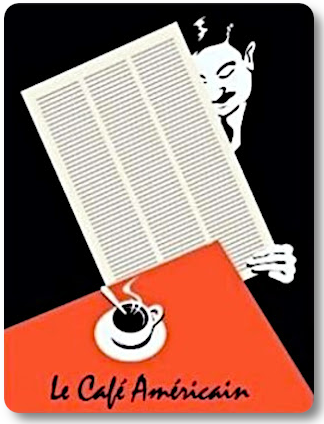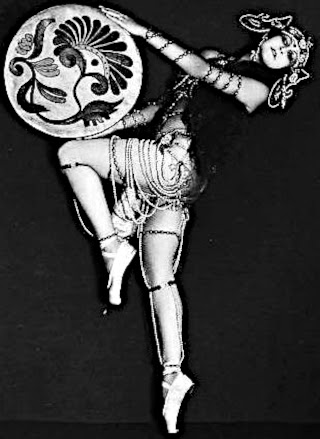This just in from Dave the Bond Trader.
We would not have minded this bit of accounting chicanery so much, if Wells had not accompanied their earnings with so much "master of the universe" bravado and bluster about their superior banking management.
But we suppose when you are down on your chips and running a bluff, you have to give out the right sort of attitude and moral high ground to make it work, to hide the fact that you are just crooking the books like everyone else.
That smoke you feel being blown up your backside is nothing more than legalized accounting fraud being presented to the world in the form of Wells Fargo's 1st Qtr 2009 earnings release. As suspected, the infamous "record profits" preannounced 2 weeks ago by Wells Fargo are nothing more than a result of our Wall Street-financed Governmnet, including our President, forcing the FASB to change the way big banks account for toxic assets. As per WFC's earnings release today:
"The net unrealized loss on securities available for sale declined to $4.7 billion at March 31, 2009, from $9.9 billion at December 31, 2008. Approximately $850 million of the improvement was due to declining interest rates and narrower credit spreads. The remainder was due to the early adoption of FAS FSP 157-4, which clarified the use of trading prices in determining fair value for distressed securities in illiquid markets, thus moderating the need to use excessively distressed prices in valuing these securities in illiquid markets as we had done in prior periods"
Essentially, what WFC did was post $5.2 billion mark to fantasy gains, which were then added into its revenues, by reversing out previous charges expensed against their securities and loans held for sale. Without this gain, Wells Fargo loses a couple billion.
In looking at WFC's balance sheet, I see that their "securities held for sale" miraculously jumped to 27% of their net loans vs. being only 21% of loans at the end 2008. This is obviously WFC taking full advantage of the new mark to fantasy accounting standard and piling as much toxic waste into this category and marking the price levels up substantially. Be really interesting to see what kind of worthless crap was conveniently moved into this category.































